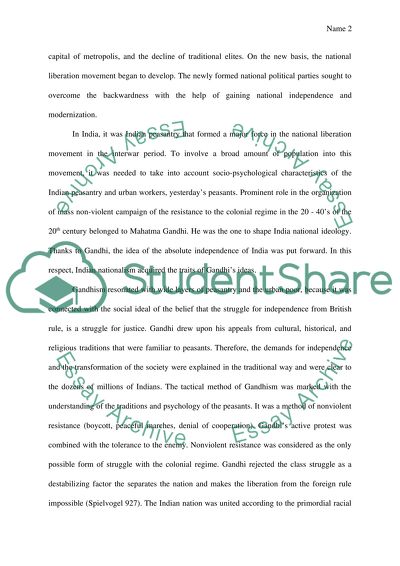Cite this document
(“The Definition of Nationalism In Different Regions and Countries Essay”, n.d.)
The Definition of Nationalism In Different Regions and Countries Essay. Retrieved from https://studentshare.org/history/1462515-the-definition-of-nationalism-in-different-regions-and-countries
The Definition of Nationalism In Different Regions and Countries Essay. Retrieved from https://studentshare.org/history/1462515-the-definition-of-nationalism-in-different-regions-and-countries
(The Definition of Nationalism In Different Regions and Countries Essay)
The Definition of Nationalism In Different Regions and Countries Essay. https://studentshare.org/history/1462515-the-definition-of-nationalism-in-different-regions-and-countries.
The Definition of Nationalism In Different Regions and Countries Essay. https://studentshare.org/history/1462515-the-definition-of-nationalism-in-different-regions-and-countries.
“The Definition of Nationalism In Different Regions and Countries Essay”, n.d. https://studentshare.org/history/1462515-the-definition-of-nationalism-in-different-regions-and-countries.


